What I do not understand is the arcing pattern.... but why isn't the arcing happening at the place where the two parts of the frame would be the closest to each other?
It boils down to Paschen's law - basically, for some voltage levels at some particular ranges of gas pressure and type, the voltage may prefer to take an elongated route when making a spark: -

If you look at the graph for nitrogen (\$N_2\$) above you will see that a voltage of (say) 1,000 volts will have two distances for breakdown (about 5 mm and 100 mm) at a pressure of 1 torr or 1 mm of Mercury. These limits cover the distance range at which breakdown may occur.
You have also to consider that once the zapper has discharged, there will be a ramping voltage building up over a few tens or hundreds of milliseconds that might discharge at about 500 volts at a distance of 10 mm or might get all the way to around 2,000 volts and take a discharge path that is a bit less than 5 mm. Statistics are also involved i.e. there is a probability involved in an arc starting (see Impact ionization section in the linked wiki page for Paschen's law).
Also, if you have a fixed spark gap you can see several different paths taken by the arc here at wiki spark gap: -

Quote from that page: -
When a spark gap consists of only two electrodes separated by gas, the
transition between the non-conducting and conducting states is
governed by Paschen's law. At typical pressure and electrode distance
combinations, Paschen's law says that Townsend discharge will fill the
gap between the electrodes with conductive plasma whenever the ratio
of the electric field strength to the pressure exceeds a constant
value determined by the composition of the gas.
You should also look up "Jacob's Ladder" on this section of spark gap. it shows how a spark can seemingly climb up to electrodes that have a slight angle between them: -

It's all down to Paschen's Law.



